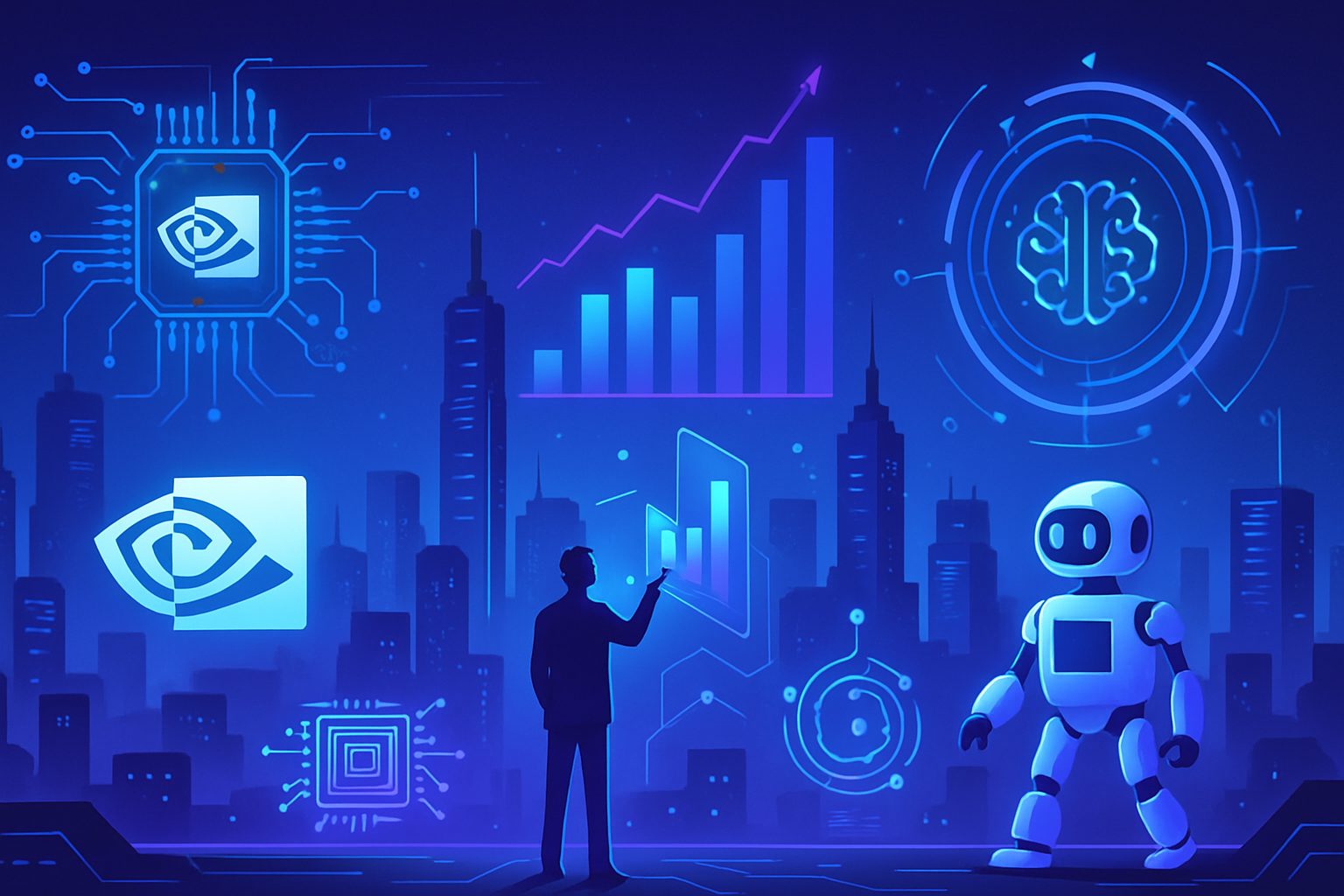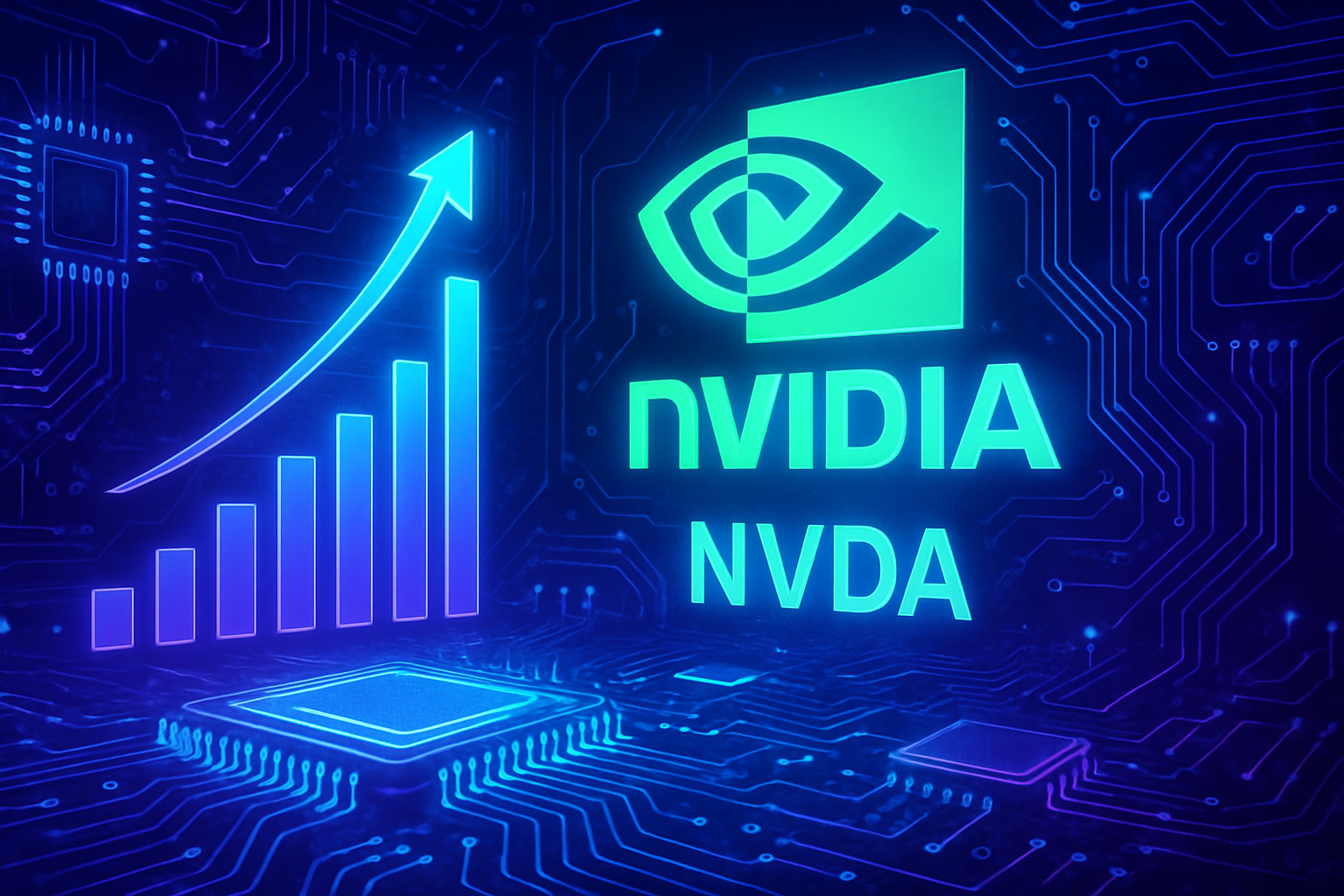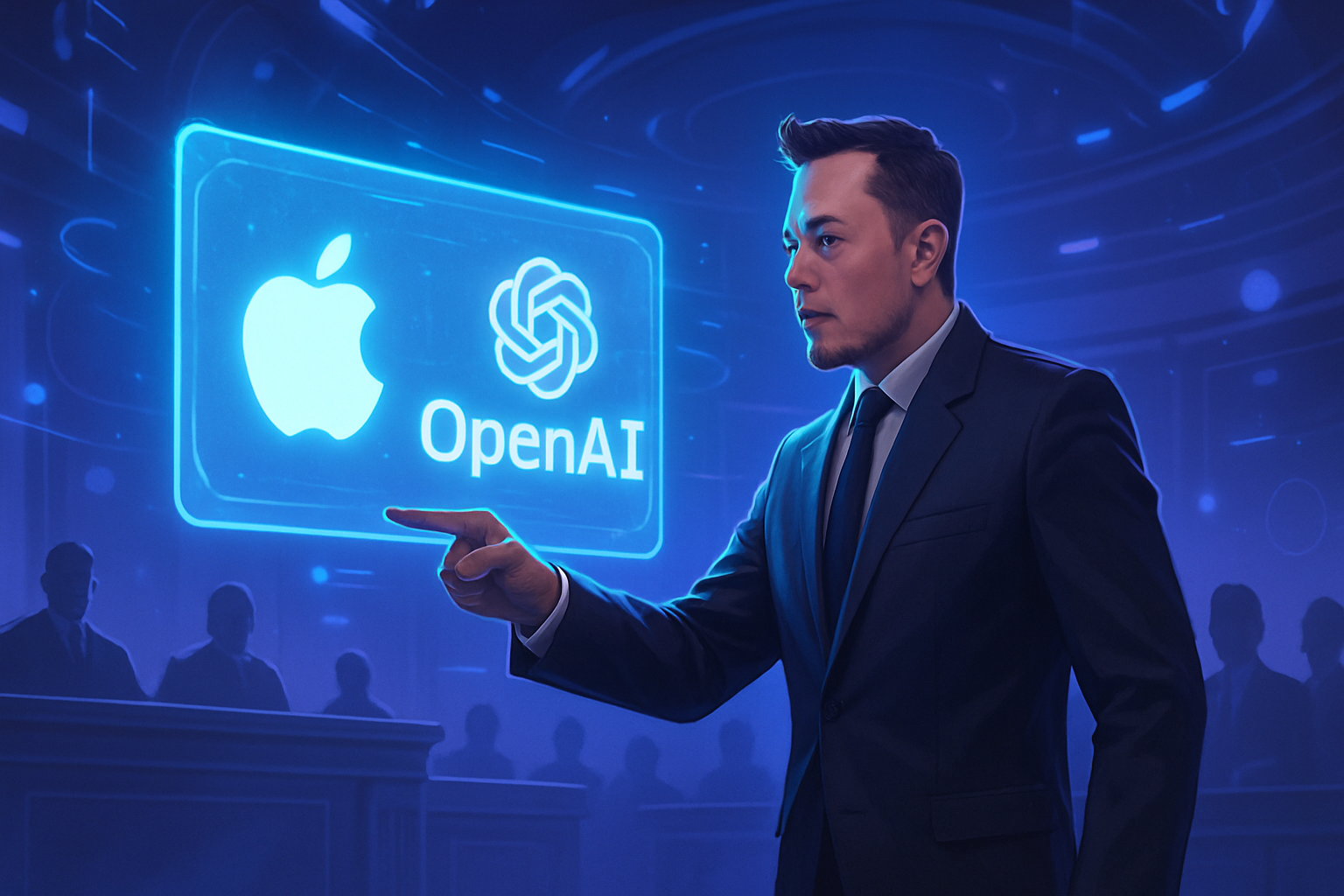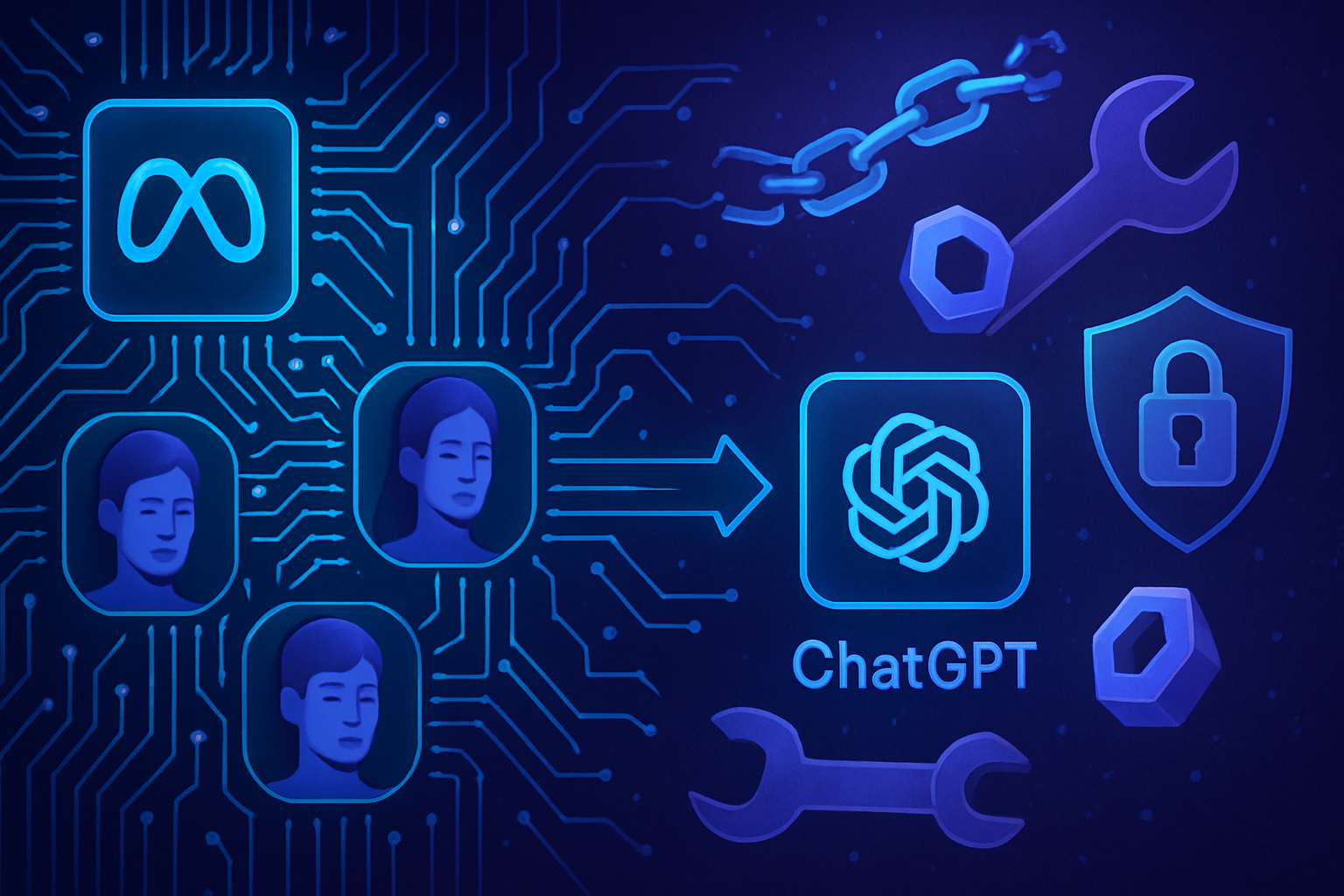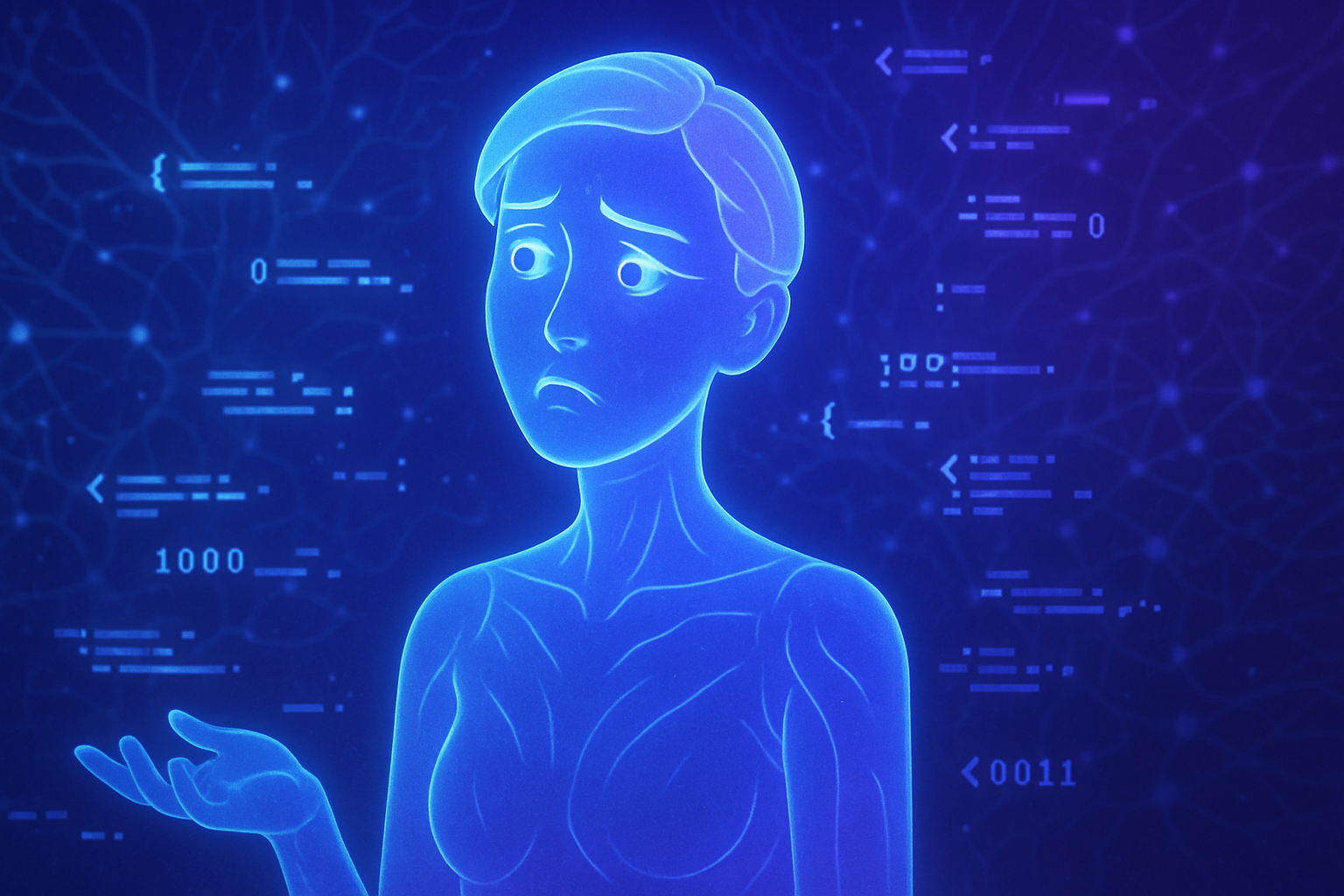Advances in artificial intelligence are revolutionizing robot learning. Combined with human feedback, this new educational approach propels machines toward precise performances. An innovative protocol exploiting human interactions allows robots to perform complex tasks with unprecedented efficiency. The synergy between reinforcement learning and human corrections generates a significant evolution in the ability of robots to master a variety of actions in record time.
Revolutionary Learning Protocol
The Artificial Intelligence and Robotic Learning Laboratory at the University of California, Berkeley has developed a new learning protocol using artificial intelligence. This system, referred to as Human-in-the-Loop Sample Efficient Robotic Reinforcement Learning (HiL-SERL), teaches robots to perform complex tasks with remarkable precision.
Successful Examples and Challenges Addressed
In a striking demonstration, a robot successfully completed the Jenga whipping challenge, where it caused only one piece of a block tower to fall without disturbing the whole. This type of task, often difficult for humans, highlights the impressive progress made possible by human feedback.
Researchers subjected the robot to various challenges, ranging from egg manipulation in a frying pan to assembling electronic components, such as a motherboard. These experiments tested and improved the capabilities of robots in diverse and complex situations.
Enhanced Learning Process
The process relies on reinforcement learning where robots learn from their mistakes through visual feedback. Researchers incorporated human intervention, allowing an operator to correct the robot’s actions in real time. This method enriches the collective memory of the robot, facilitating adaptation to unforeseen situations.
Impressive Results
Robots trained by this system have completed tasks with a success rate of 100%. Researchers observed that, as training sessions progressed, human assistance became less and less necessary. A participant in the project shared that their intervention was crucial at the beginning but decreased as the robot acquired its skills.
Promising Industrial Applications
The implications of these advances could transform various manufacturing sectors. Manufacturing processes, particularly in electronics and automotive industries, could benefit from these robots capable of quickly and accurately learning a multitude of tasks. The demand for adaptable robots is rising, as consumers seek reliable solutions.
Contributions to Research
Researchers decided to make their study open source, thus allowing greater accessibility for other scientists wishing to build on this innovation. The effort aims to make this technology as user-friendly as that of a smartphone, making the capabilities of these robots accessible to a wider audience.
Future Perspectives
A promising future for AI-powered robots is emerging, with the goal of incorporating basic manipulation skills before tackling more complex tasks. Such an advancement could consider preliminary training, making robots even more efficient.
A notable advancement can be consulted regarding the impact of robots on jobs as forecasted by experts, accessible here: link.
For additional information on technological advancements, a study on generative artificial intelligence and its 3D structures is available here: link.
Research efforts are also intensifying to reduce the carbon footprint of AI systems, which is essential in our (recent) technological advancements, as detailed here: link.
A report advocates for massive funding for humanoid robots, aiming for an innovative and adaptive future: link.
Research advances at MIT could also revolutionize robot training, as explored here: link.
Questions and Answers on AI-Powered Robot Learning
How do robots use human feedback to improve their skills?
Robots analyze human feedback to correct their behaviors and adjust their actions. This feedback is integrated into their learning, allowing them to better respond to complex tasks.
What types of tasks can robots learn through human intervention?
Robots can learn to perform various tasks, from manipulating delicate objects to assembling complex components, such as motherboards or electronic devices.
What is the importance of reinforcement learning in the education of robots?
Reinforcement learning allows robots to practice their tasks in real-world environments, using feedback to refine their skills and reduce errors with each attempt.
What advantages does the Human-in-the-Loop method offer in robot learning?
The Human-in-the-Loop method enables a faster and more accurate learning pathway, as it combines the robot’s practical experience with direct corrections provided by humans, thus optimizing learning efficiency.
Can robots learn tasks without human intervention?
Yes, once a certain skill level is reached, robots can operate autonomously, but initial human feedback is essential for their development.
How long does it take for a robot to learn a complex task using this method?
Studies show that robots can learn and master complicated tasks in one to two hours, thanks to the effectiveness of reinforcement learning and human adjustments.
Are there limits to what robots can learn with human feedback?
Robots may be limited by the quality and quantity of human feedback, as well as by the complexity of tasks. However, ongoing progress aims to overcome these limitations.
What does open research on robot learning mean?
Open research allows other researchers to build on these discoveries, fostering collaboration in enhancing robotic skills and making the technology more accessible.
How can these advances in AI and robotics influence the industry?
These advances enable more efficient and dynamic manufacturing, particularly in sectors like electronics and automotive, where robots can quickly adapt to changing production demands.

